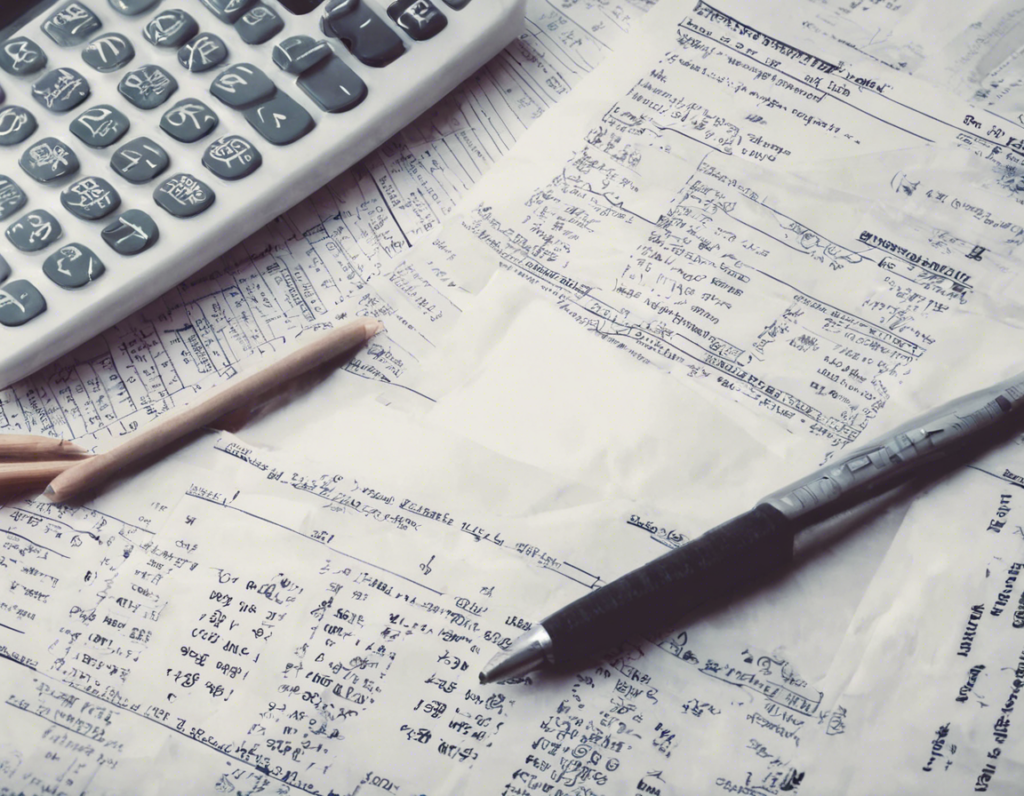For students of Class 12 studying economics, sample papers play a crucial role in helping them understand the question paper pattern, marking scheme, and type of questions that can be expected in the final examination. To aid in their preparation, here is a comprehensive sample paper for Class 12 Economics along with solutions in PDF format for the year 2024.
Section A: Microeconomics
1. (a) Define production function. Explain the three concepts of the production function.
– Solution:
– Production function refers to the functional relationship between physical inputs and physical outputs that are produced through a production process. It shows the maximum amount of output that can be produced with a given set of inputs.
– Total Product (TP): It refers to the total quantity of goods produced by a set of inputs during a given period of time.
– Marginal Product (MP): It indicates the change in total output as a result of employing an additional unit of a variable input, keeping other inputs constant.
– Average Product (AP): It is the output per unit of the variable input and is calculated by dividing the total product by the total units of the variable input.
2. (a) Distinguish between fixed cost and variable cost with examples.
– Solution:
– Fixed Cost: Fixed costs are expenses that do not change with the level of production or output. These costs have to be incurred by the firm regardless of its level of output. Examples include rent, insurance premiums, salaries of permanent staff, etc.
– Variable Cost: Variable costs are expenses that vary with the level of production. These costs increase or decrease with the quantity of output produced. Examples include raw materials, labor wages, electricity bills related to production, etc.
Section B: Macroeconomics
1. (a) Discuss the concept of National Income. What are the different methods of calculating National Income?
– Solution:
– National Income is the total value of all final goods and services produced within the domestic territory of a country in a particular year. It reflects the economic performance of a country.
– Methods of calculating National Income include Income Method, Production Method, Expenditure Method, and Value-Added Method.
2. (a) Explain the concept of Inflation. What are the different types of inflation?
– Solution:
– Inflation refers to a sustained increase in the general price level of goods and services over a period of time. It indicates a decrease in the purchasing power of a country’s currency.
– Different types of inflation include Demand-Pull Inflation, Cost-Push Inflation, Structural Inflation, and Wage-Price Spiral.
Section C: Sample Questions
- What is the difference between fiscal policy and monetary policy?
-
Solution:
- Fiscal Policy involves the government’s use of taxation and expenditure to influence the economy.
- Monetary Policy is controlled by central banks and involves regulation of money supply and interest rates to achieve economic objectives.
-
Explain the concept of Balance of Payments (BoP).
-
Solution:
- Balance of Payments is a record of all economic transactions between the residents of a country and the rest of the world within a specific time period.
-
What are the factors that determine the elasticity of demand for a good?
-
Solution:
- Factors include availability of substitutes, necessity of the good, proportion of income spent on the good, time horizon, and durability of the good.
-
Define Perfect Competition and discuss its characteristics.
-
Solution:
- Perfect Competition is a market structure where a large number of buyers and sellers operate independently, and no single buyer or seller can influence the market price. Characteristics include homogeneous products, price takers, free entry and exit, perfect knowledge, and perfect mobility.
-
Explain the concept of Gross Domestic Product (GDP). How is it different from Gross National Product (GNP)?
- Solution:
- GDP is the total value of all final goods and services produced within the domestic territory of a country.
- GNP includes GDP plus the total net income earned by a country’s residents from overseas investments.
Frequently Asked Questions (FAQs)
- How should I effectively prepare for my Class 12 Economics exam?
-
To prepare effectively, make sure to understand the concepts thoroughly, practice sample papers, solve previous years’ question papers, and manage your time efficiently.
-
Are the sample papers for Economics Class 12 based on the latest exam pattern?
-
Yes, the sample papers provided are based on the latest exam pattern and syllabus prescribed by the board.
-
Do you have any tips for improving my understanding of macroeconomics topics?
-
You can enhance your understanding by reading additional reference books, watching online lectures, discussing topics with peers, and seeking guidance from your teachers.
-
How important are numerical questions in the Class 12 Economics exam?
-
Numerical questions carry significant weightage in the exam, so practice solving them regularly to build proficiency.
-
Should I focus more on theory or numerical questions while preparing for the exam?
- It is important to strike a balance between theory and numerical questions to excel in the exam. Allocate sufficient time to practice both types of questions.
In conclusion, practicing sample papers is an essential part of exam preparation as it helps students gain confidence, improve time management skills, and assess their knowledge. By following the solutions provided in this sample paper, students can enhance their understanding of key concepts in economics and boost their performance in the final examination.
